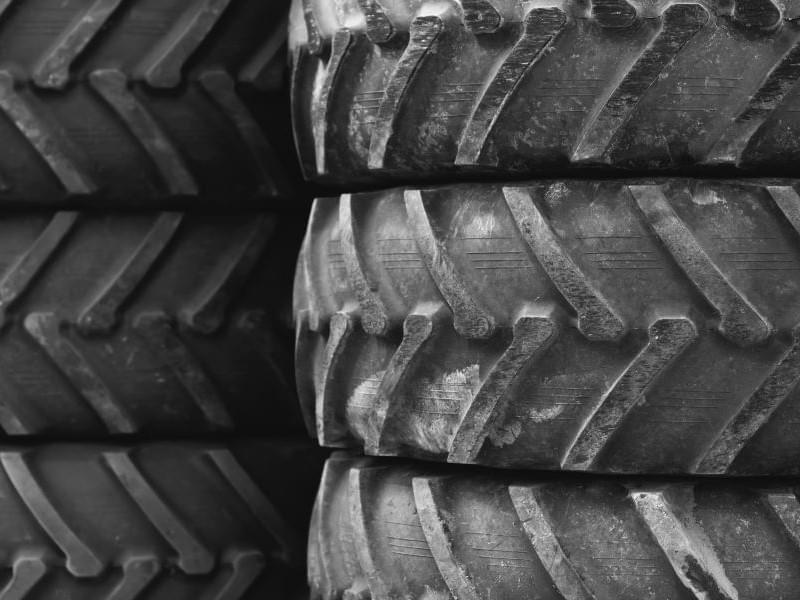The pandemic has made it clear that global supply chains are generally interdependent and easily disrupted. A fully globalized supply chain lowers costs, harnesses comparative advantage, and promotes innovation and competition, but disruption in even one part of the chain has a ripple effect on all parts. A new report from Smithers,
The Impact of Supply Chain Disruption on Tire Manufacturing provides an in-depth look at this upheaval. From manufacturers to suppliers and distributors, disruptions ultimately affect tire end-users and overall economic growth. The new market report analyses how COVID-19, trade, shipping and logistics and political factors are impacting the industry’s supply chain.
Many aspects of supply chain disruption evident in broader economic life are also relevant in the automotive and tire supply chains. These include the shutdowns in production, the increase in telecommuting and use virtual events where possible, reduction of transportation use, the move to e-commerce, and the sluggish rebound of labour availability. All of these factors, and others, have impacted not only the tire manufacturing sector, but also its suppliers, distributors, retailers and customers.
The automotive supply chain
The automotive supply chain, the prime driver of tire development and initial demand, is being affected by various sources of disruption, which impacts tire manufacturing itself. Industry leaders are making adjustments and changes in raw materials, production equipment, manufacturing facilities, distribution, and retail practices. This includes new trends such as electric vehicle adoption and new mobility models (shared transport, last-mile delivery) that are being increasingly implemented.
Automobiles and transportation equipment manufacturing represents the largest customer bloc for the global tire industry (around 20% of unit volume, with replacement customers much more fragmented), and is a critical partner in tire development and commercialization. The automotive global supply chain is among the most complex and highly globalized and has proven to be vulnerable to unexpected shocks (and aftershocks) of COVID-19.
Production and sourcing vulnerabilities
The pandemic has exposed the vulnerability of global automotive production and sourcing practices. To service a global market, OEMs pursued economies of scale but overlooked regional dependencies and trans-regional transportation services. Inadequate supply capabilities in weakening regions led to severe disruption in the economies of dependent regions. Meanwhile, many plants have been idled at various times by the semiconductor shortage, at the same time that other inputs are becoming harder to source in a timely manner. The widely favored just-in-time (JIT) manufacturing model design to reduce inventories and costs has limited flexibility to deal with the supply-chain disturbances being seen.
Globalization and the rise of China
The industry has become very globalized in terms of sourcing, production and import/ export, but the rise of Asia-Pacific – and China in particular – has dramatically transformed tire manufacturing and demand globally. The current situation, in the aftermath of COVID-19 and the somewhat related global supply chain issues, shows that companies with a wide global footprint, for instance with manufacturing close to end-use markets, are somewhat more protected from global logistical problems (container availability and pricing, delays, etc.).
The value chain of the global tire industry is multi-layered and complex, spanning many end-use markets, regions, and countries. Despite variations between and within regions, the tire industry is highly globalized, especially at the leading companies, which manufacture and sell in most or every market regardless of where headquartered. Generally speaking, the Asia-Pacific region leads in terms of demand for OE as well as replacement tires, but even more so when it comes to tire exports and share of global production.
The dominant role of China as an exporter in many areas, including tires, has led to push-back from other countries, particularly the US. Tariffs, or the threat of tariffs, have had effects on tire industry trade and investment flows, with more Chinese plants being built in Southeast Asia, or in the US, to avoid tariffs. In general, there has been a tendency to expand capacity closer to OEM and replacement tire markets. In addition to avoiding potential trade barriers, it is more cost-efficient to ship raw materials to a plant closer to the end user. It is also easier to customize the product type and mix to what the local market is demanding. This trend may now accelerate.
